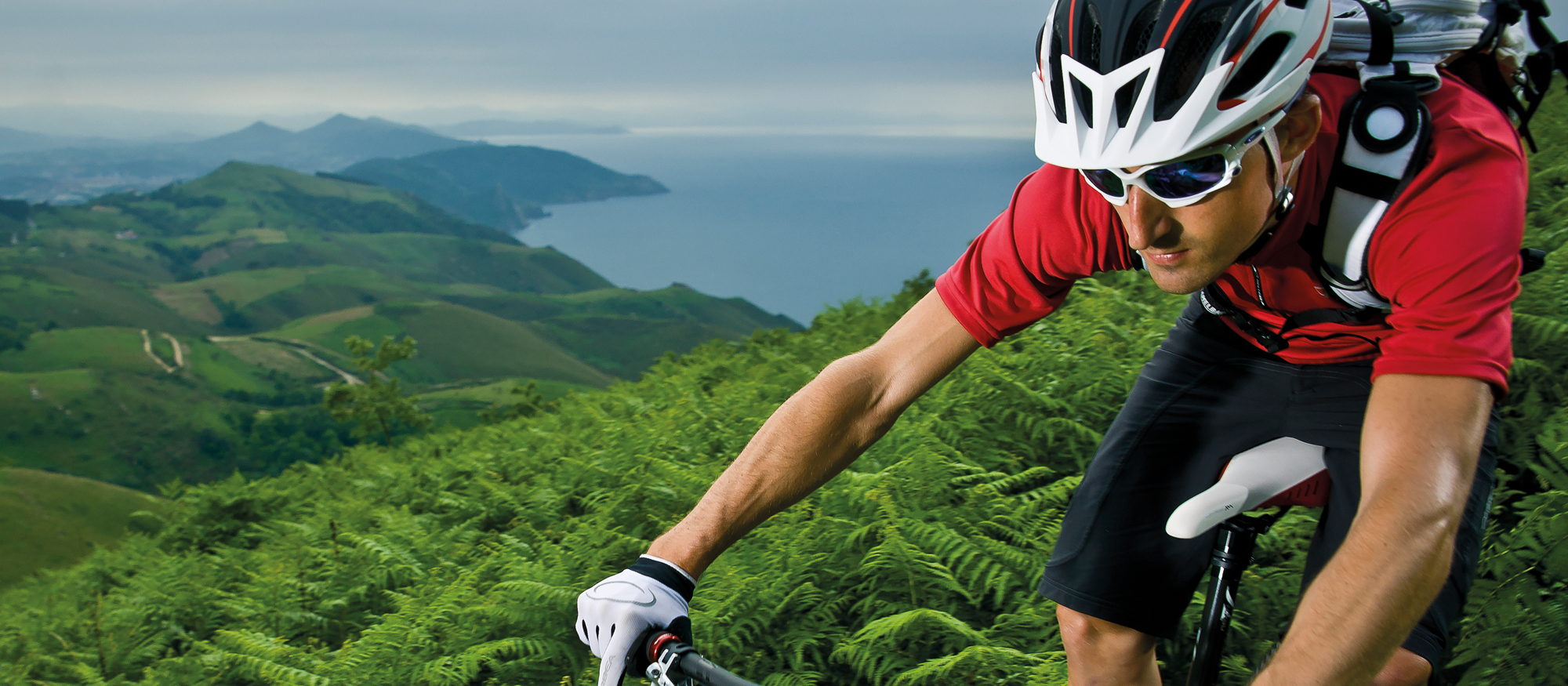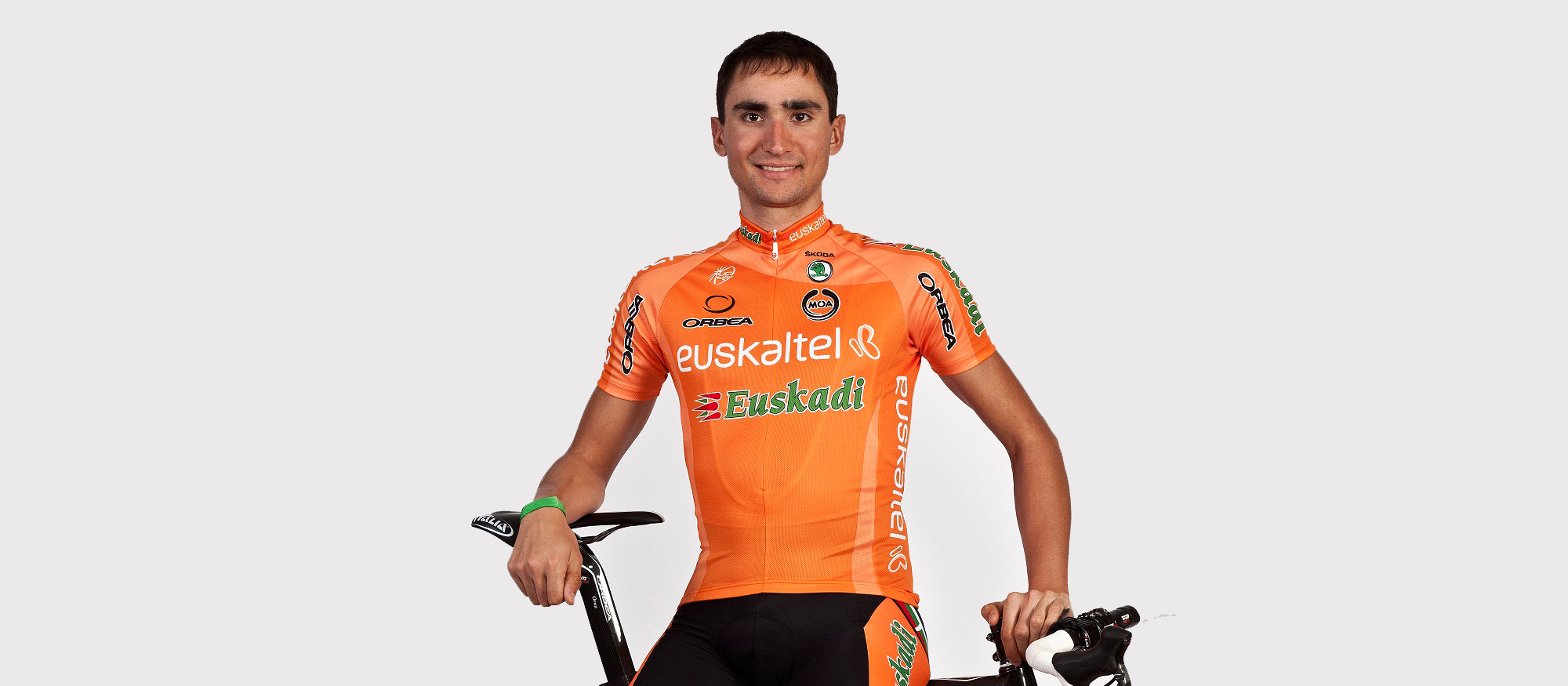29 November, 2016
Cyclists and drivers: promoting mutual respect
Europe has come a long way in reducing road accidents involving cyclists. The United Kingdom is an example of the progress made: according to the Department for Transport, 100 cyclists died in 2015, 12% fewer than the previous year and 32% less than figures ten years ago. However, this trend appears to have slowed in recent years: according to the European Commission, 26,000 people lost their lives on European roads last year, of whom 8% were cyclists.
In the United States, the country with the most vehicles per capita in the world, the latest records of the NHTSA (National Highway Traffic Safety Administration) are less than positive: the death of cyclists rose by 13% in the USA in 2015 (increasing from 726 in 2014 to more than 800 in 2015).
This, in broad terms, is the reality faced by millions of cyclists throughout the world every day when they head out on the road: they are the most vulnerable and fare the worst in the event of an accident.
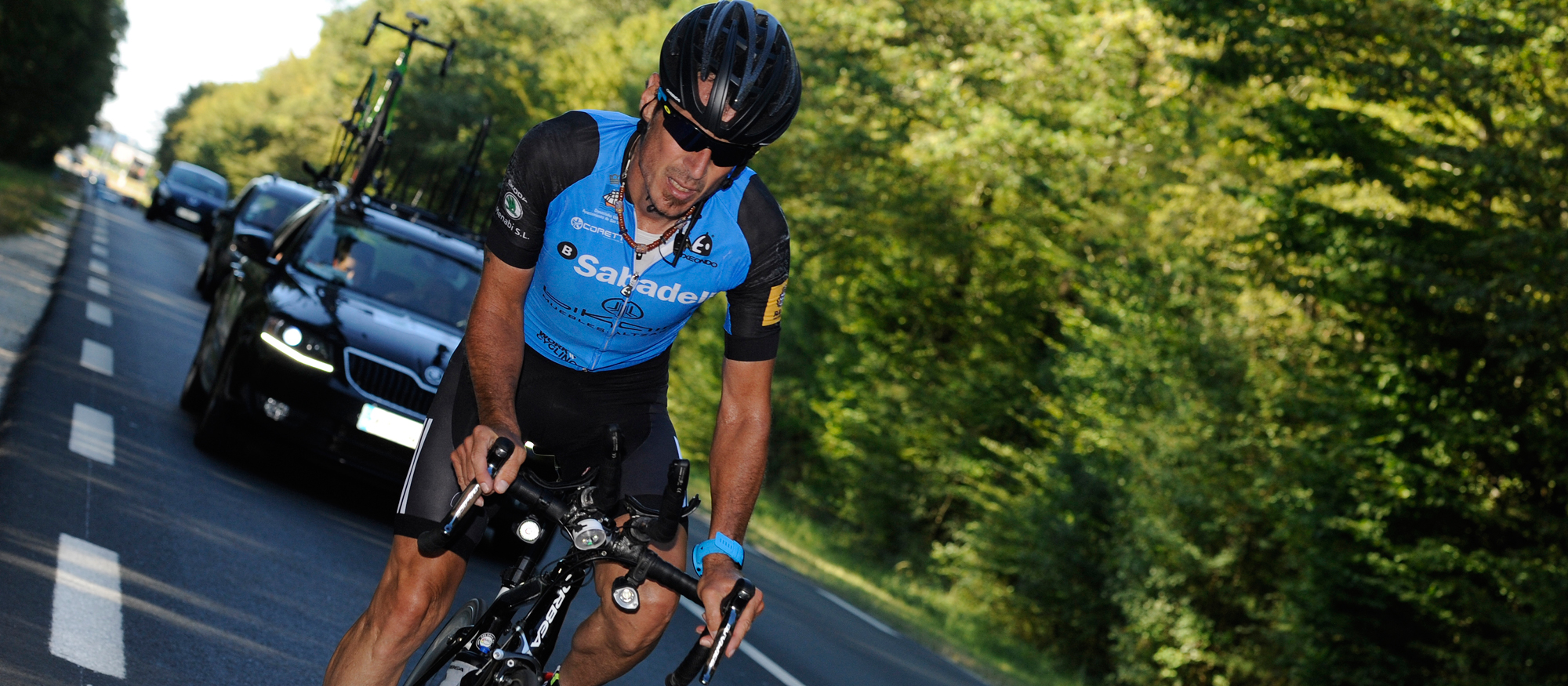
What can we do?
Accidents are unpredictable and, unfortunately, occur more often than we think. The first thing we must be clear about is that this is a problem involving both sides. That's why we must employ all the means available to us to prevent them, on behalf of both cyclists and drivers alike.
It's a good idea to review some of the guidelines for the coexistence of motor vehicles and cyclists on the road. In Europe, each country has its own particular regulations, while in the United States, cyclists are subject to the same traffic laws as the rest of the drivers. In any case, there is a series of recommendations indicated by common sense and mutual respect that apply to us all:
-Leave a distance of 1.5 meters on the side. This is the golden rule: always obey the minimum distance of 1.5 meters when passing. In the USA, where each state has its own legislation, half of the states require a minimum distance of 3 feet (approximately 90 cm) between the cyclist and the driver. Vehicles can occupy the entire width of the opposite lane and even cross the solid line, as long as this can be done safely. In other words, when there is good visibility and you do not obstruct the cyclists or other vehicles that are traveling in the opposite direction.
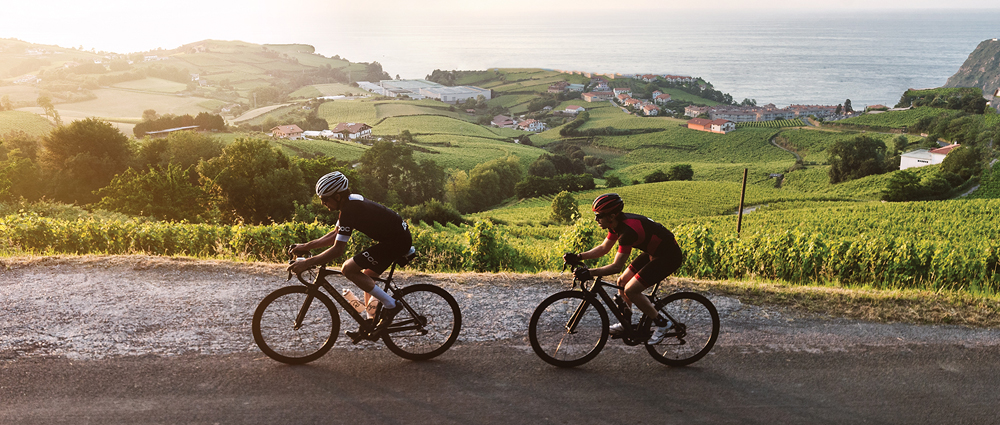 |
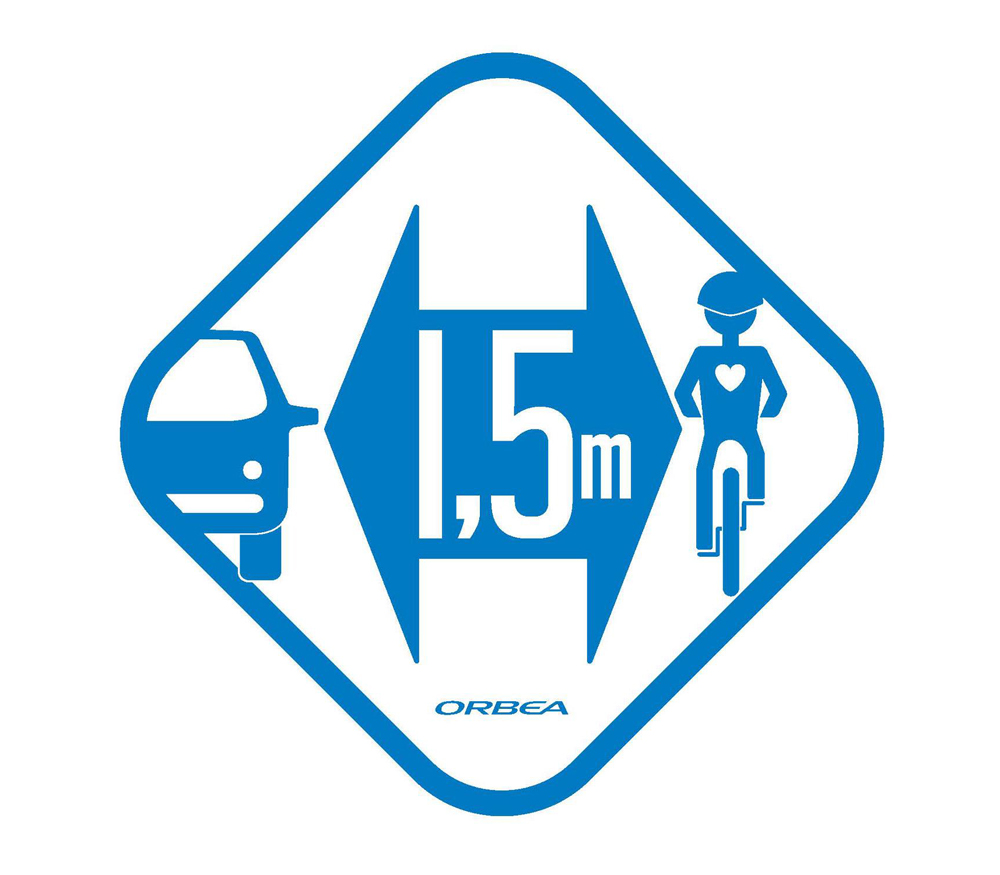 |
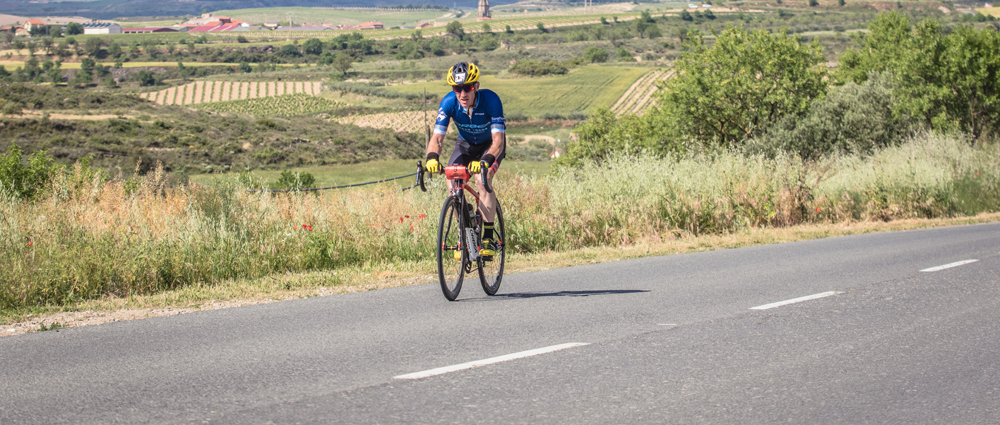 |
-Make it easier for passing vehicles. Cyclists, in turn, must try to facilitate as much as possible the passing of motor vehicles. Cyclists should use the shoulder and if it is not passable, they can use the part of the lane designated for motor vehicles, always as close to the shoulder as possible.
-Side by side or in single file? It is permitted for two riders to ride side by side, but it is recommended to ride in single file in areas with poor visibility, making it easier for vehicles to pass. Another important bit of advice is to ride in small groups: if your peloton has more than ten cyclists, it is better to form two ‘grupettas’.
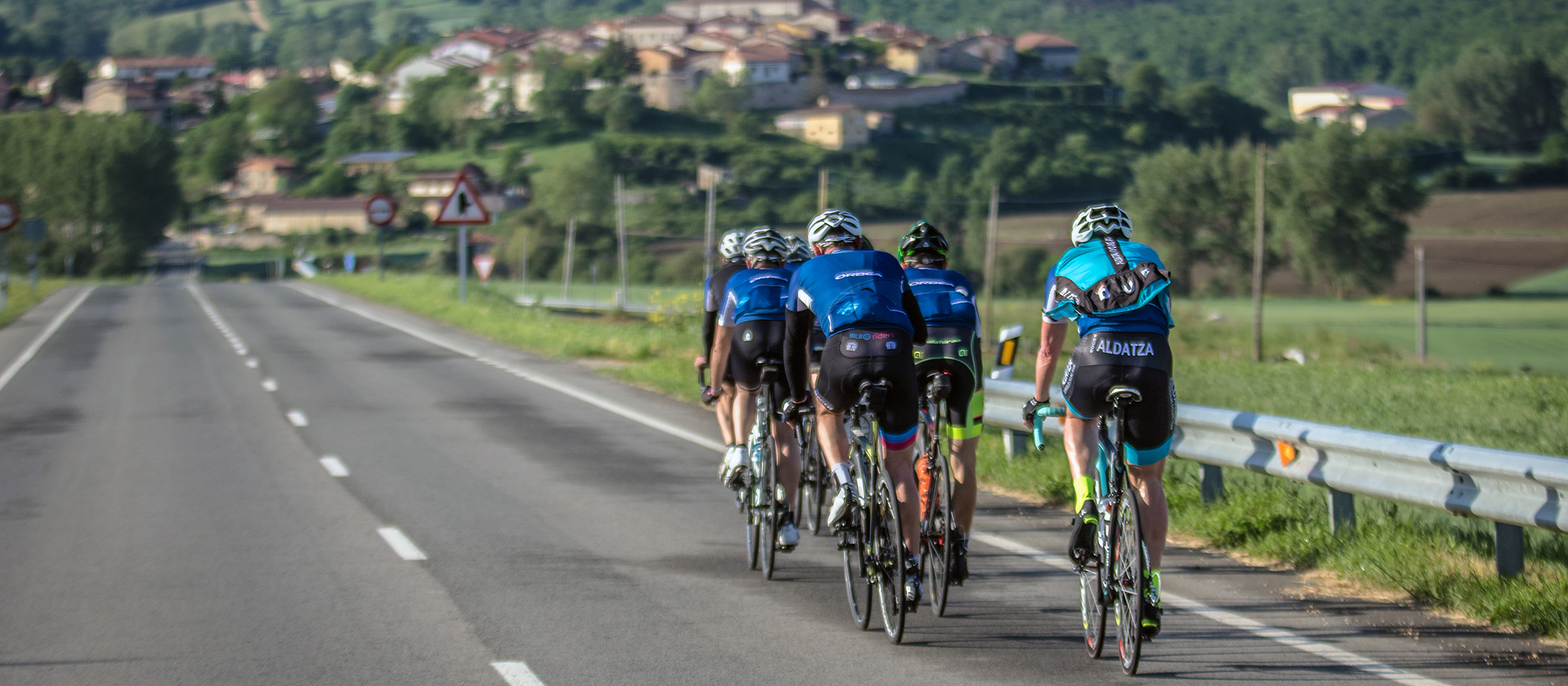
-Intersections and roundabouts. These are especially conflictive points: at intersections, the most crucial thing for cyclists is to make themselves visible, always placing themselves in front of the vehicle. Never position yourself alongside a truck or a bus, since you may be outside the driver's angle of vision. As for roundabouts, enter them in the right lane or preferably the center lane and stay in your lane until the end; when exiting, avoid any sudden movements that can take drivers by surprise and use your arm to signal the direction you intend to take.
-Just another vehicle. As cyclists, we mustn't forget that we are just another vehicle on the road, and therefore, we must obey the same rules as the rest: stopping at pedestrian crossings and red lights, not crossing into the opposite lane when going downhill, etc. And this applies to both training sessions and cycle-tourism events: the only time when cyclists can ignore these rules is in official races in which traffic has been cut off.
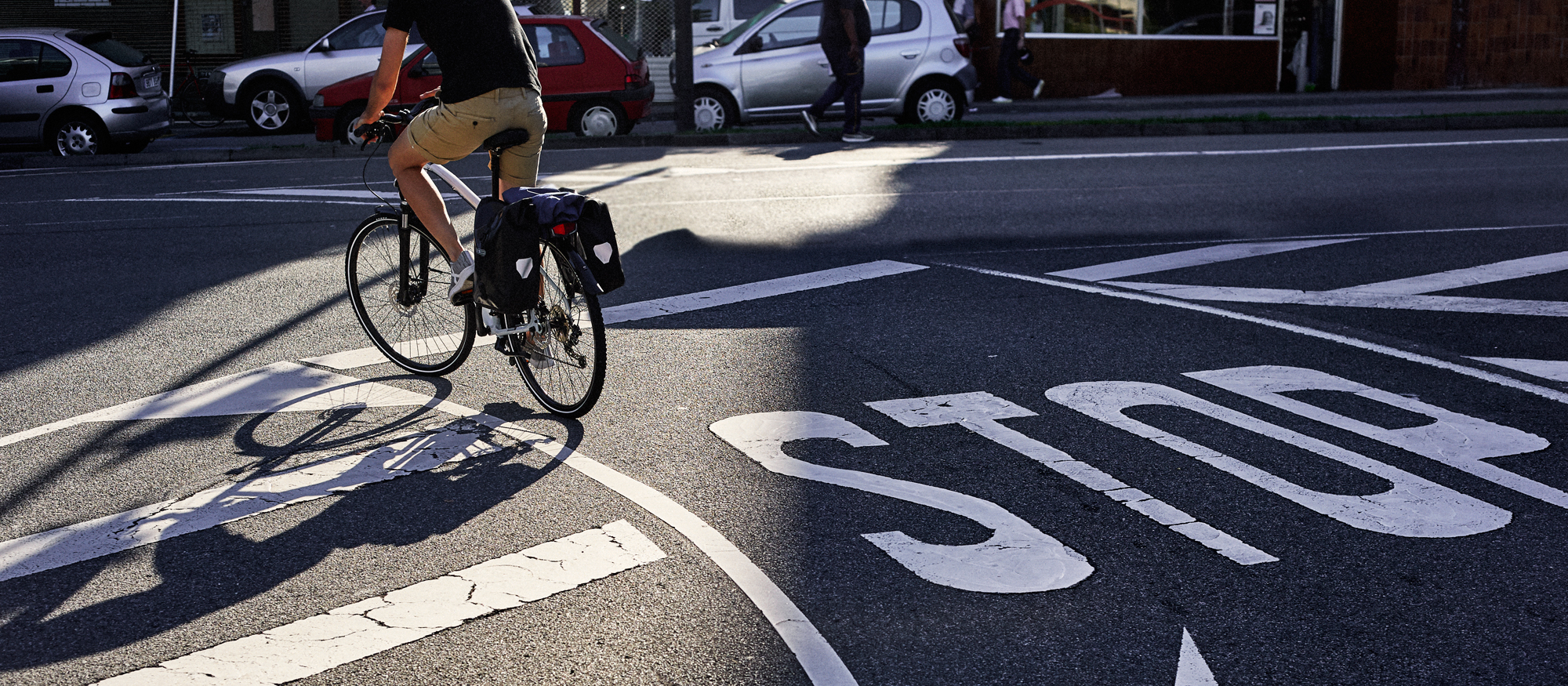
-Wear a helmet. Although laws vary, depending on the country (only Australia, New Zealand and Slovenia require their use on all surfaces), their use is always recommendable: most studies assure that they prevent between 40% and 80% of all serious head injuries.
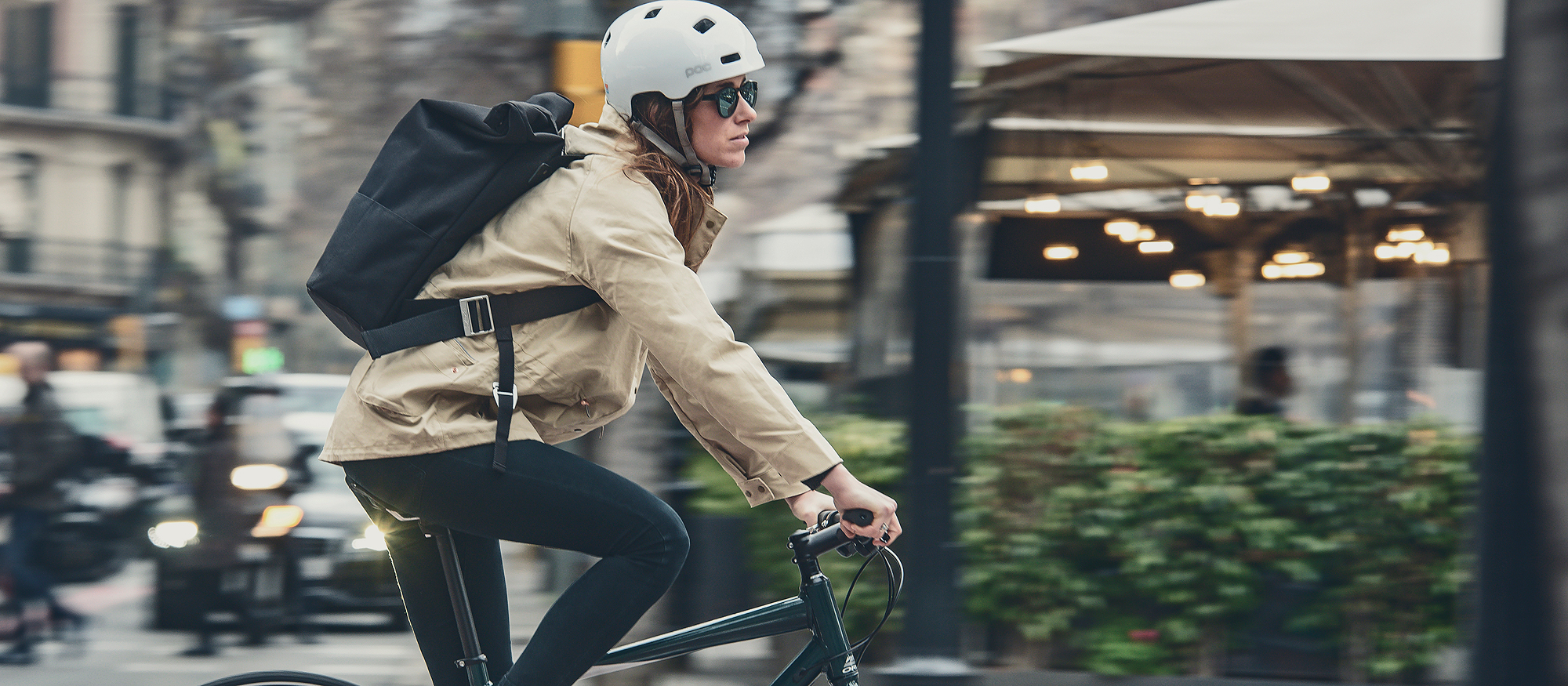
-Make yourself visible. Wear bright colors and/or wear a reflective item of clothing. As far as your bike goes, the use of reflectors is recommended, along with a white light in front and a red light in back. Make visual contact with the rest of the vehicles circulating beside you.
At Orbea, as a company made up by people whose passion is cycling, this is a topic that is especially near and dear to us. Even more so, if possible, because we have recently experienced the loss of some very close friends, such as Iñaki Lejarreta and Víctor Cabedo, who were hit by a car while training on their bikes.
If we've learned anything, it is the importance of a continuous awareness campaign that reminds us all that the only way to reduce the number of accidents is mutual respect between cyclists and drivers.
